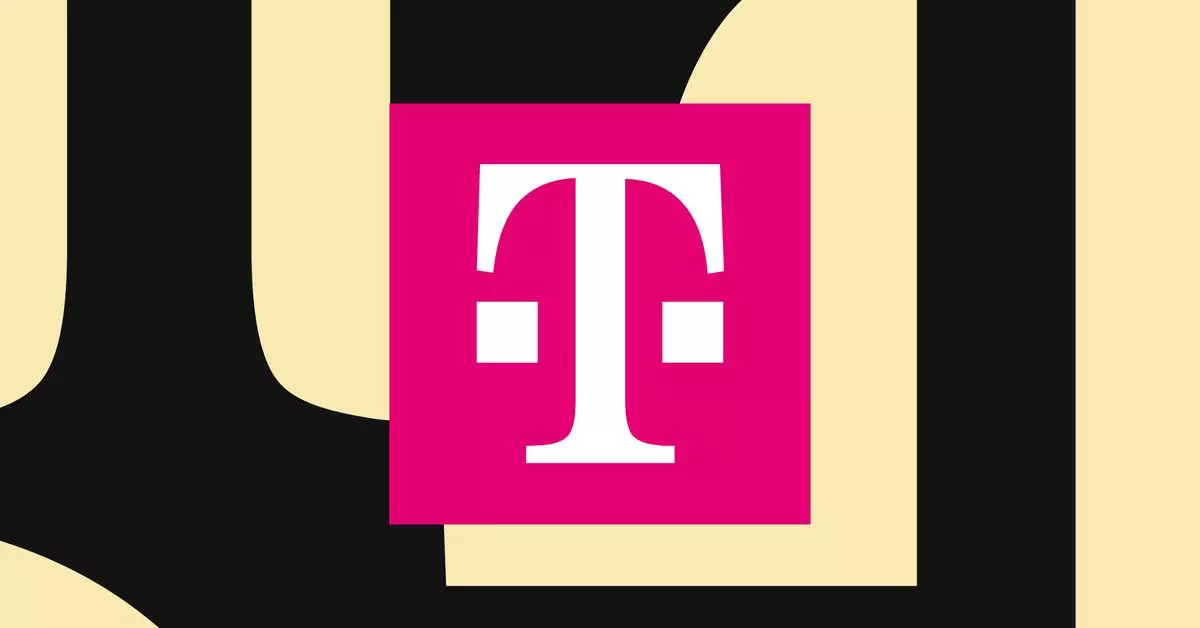In the wake of Hurricane Helene, the need for reliable communication systems has never been clearer. The Federal Communications Commission (FCC) has granted SpaceX and T-Mobile a temporary nod to initiate a direct-to-cell service via Starlink satellites in hurricane-affected uareas, particularly where traditional communication channels have faltered. This innovative approach aims to restore connectivity to devastated regions, with North Carolina being the focal point for the initial rollout.
Hurricanes bring about catastrophic consequences, including massive flooding that can disrupt community communication. In the immediate aftermath of Hurricane Helene, numerous regions experienced what are described as “blackout zones,” where residents could neither make calls nor send messages. Recognizing this dire need, SpaceX has activated its satellites to broadcast emergency alerts across all cellular networks in North Carolina. In addition to alerts, basic texting capabilities (SMS) are also being tested for T-Mobile users, marking a pivotal moment in disaster management.
Despite the promise of this high-tech solution, it must be noted that the full constellation of Starlink’s direct-to-cell service has yet to be fully deployed. Consequently, all offered services come with a caveat—they will be provided on a best-effort basis. This uncertainty raises questions about the reliability of the service during critical times when dependable communication could mean the difference between life and death.
Many parts of southeastern United States still face significant communication disruptions. According to recent charts released by the FCC, while the situation post-Hurricane Helene is gradually improving, the extent of outages remains alarming, particularly in the hardest-hit regions. As communities grapple with the physical aftermath of the storm, the pressure mounts for SpaceX and T-Mobile to ensure that their solutions can effectively bridge communication gaps.
While SpaceX and T-Mobile’s initiative might seem like a boon for crisis response, the plan is not without its critics. Telecommunications giants like AT&T and Verizon have vocalized concerns regarding potential interference to their existing cellular networks from the signals emitted by the Starlink satellites. These opposing viewpoints reflect a broader tension within the telecommunications industry as companies navigate the need for rapid innovation while safeguarding their turf.
The push to expand satellite communications for cell users underscores a crucial evolution in how society thinks about connectivity. Enhanced by advancements in satellite technology, these efforts to deliver timely communication during disasters illustrate a shift towards a more resilient infrastructure. However, the balancing act between innovation and existing service frameworks poses a real challenge for regulators and industry players alike.
As SpaceX and T-Mobile embark on this temporary journey to restore connectivity, the broader implications of their efforts remain to be seen. Will this pilot program set a precedent for future disaster recovery solutions? And how will regulatory frameworks evolve in response to the burgeoning capabilities of satellite communication? As the responses to these questions unfold, one thing remains clear: strengthening communication resilience in the face of natural disasters is not just beneficial; it’s imperative for public safety and community recovery.


Leave a Reply